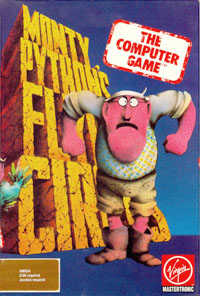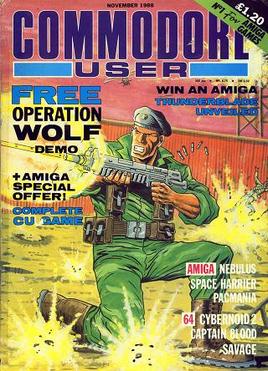
Commodore User, later renamed to CU Amiga, is a series of American and British magazines published by Commodore International.

Lethal Xcess, also known as Lethal Xcess: Wings of Death II or just Wings of Death II, is a shoot 'em up game developed by two members of demo crew X-Troll and published by Eclipse Software in 1991 for the Atari ST and Amiga. It is a sequel to 1990's Wings of Death, in which its wizard hero goes into the far future to fight the descendants of the evil witch that he had defeated in the first game. Despite having been acclaimed by critics, the game was a commercial failure.

Bad Dudes Vs. DragonNinja, also known simply as either Bad Dudes or DragonNinja, is a side-scrolling cooperative beat 'em up game developed and released by Data East for arcades in 1988. It was also ported to many computer and game console home systems.
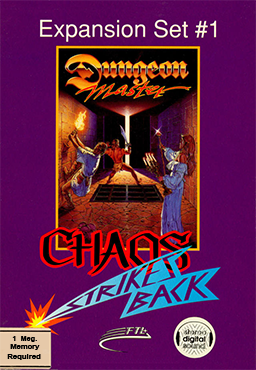
Chaos Strikes Back is an expansion and sequel to Dungeon Master, the earlier 3D role-playing video game. Chaos Strikes Back was released in 1989 and is also available on several platforms. It uses the same engine as Dungeon Master, with new graphics and a new, far more challenging, dungeon.

Operation Wolf is a light gun shooter arcade game developed by Taito and released in 1987. It was ported to many home systems.
Artworx was a Naples, Florida software company that produced and supported a line of computer games from 1981 to 2015. It is named after the founder's given name. At first the company published a variety of games, including titles in adventure and arcade-action genres, but were later best known for a strip poker series.

Edd the Duck is a puppet duck which appeared on the CBBC interstitial programme The Broom Cupboard alongside presenters Andy Crane and Andi Peters.

Double Dragon is a 1987 beat 'em up video game developed by Technōs Japan and distributed by Taito for arcades across Asia, North America and Europe. It is the first title in the Double Dragon franchise. The game's development was led by Yoshihisa Kishimoto, and it is a spiritual and technological successor to Technos' earlier beat 'em up, Nekketsu Kōha Kunio-kun (1986), released outside of Japan by Taito as Renegade; Kishimoto originally envisioned it as a direct sequel and part of the Kunio-kun series, before making it a new game with a different cast and setting.

Universe is a graphic adventure game developed and published by Core Design for the Amiga, Amiga CD32 and DOS platforms in 1994. It was Core Design's second and last effort in the adventure game genre after Curse of Enchantia, of which it was originally planned to be a sequel.

Shadow Dancer is a side-scrolling hack-and-slash action game produced by Sega and originally released as an arcade game in 1989. It is the second and the final arcade game in the Shinobi series, following the original Shinobi itself. The player controls a ninja aided by an attack dog, who is fighting to save the city from a terrorist organization.

Centurion: Defender of Rome is a turn-based strategy video game with real-time battle sequences, designed by Kellyn Beck and Bits of Magic and published by Electronic Arts. Originally released for MS-DOS in 1990, the game was later ported to the Amiga and the Sega Genesis in 1991. Centurion shares much of the concept and feel with Beck's earlier game Defender of the Crown (1987).

Predator is a 1987 side-scrolling action game based on the 1987 film Predator, and the first game based on the franchise.

Mach 3 is a 1987 3D shoot 'em up video game by Loriciels for Amiga, Amstrad CPC, Atari ST, MSX, Thomson TO7, ZX Spectrum and DOS. The DOS (PC) version uses CGA 320x200 video mode.
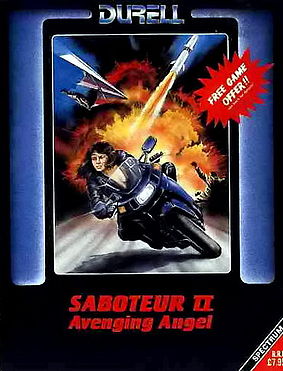
Saboteur II: Avenging Angel, also known as Saboteur 2, is an action-adventure game created by Clive Townsend and released by Durell Software in 1987 for the ZX Spectrum, Amstrad CPC, Commodore 64, and MS-DOS compatible operating systems. A sequel to 1985's Saboteur, the player controls a sister of Ninja from the first game on a mission to avenge his death. Saboteur II was one of the first action-adventure games with a female protagonist and was well received by critics.

Elvira II: The Jaws of Cerberus is the second game in the Elvira series of horror adventure/role-playing video games. It was developed by Horror Soft and published by Accolade in 1992. The game is a sequel to 1990's Elvira: Mistress of the Dark. It was followed by Waxworks, which can be considered its spiritual sequel.

Goldrunner is a vertically scrolling shooter developed by Steve Bak and Pete Lyon for the Atari ST and published by Microdeal in 1987. Rob Hubbard composed the music. An Amiga version followed, as well as a 1988 sequel, Goldrunner II.
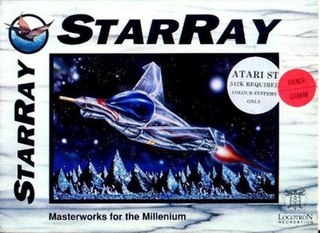
StarRay is a video game developed by Hidden Treasures and published by Logotron in 1988. Released for the Amiga, Atari ST, and Commodore 64, the game is an update on the concept of 1981 arcade game Defender, with faster gameplay and more detailed graphics and sound. The game was published in 1989 by Epyx as Revenge of Defender for the American market.

Vroom is a 1991 racing video game developed and published by Lankhor and programmed by Daniel Macré. The game was first released in 1991 for the Atari ST and later for the Amiga and MS-DOS.
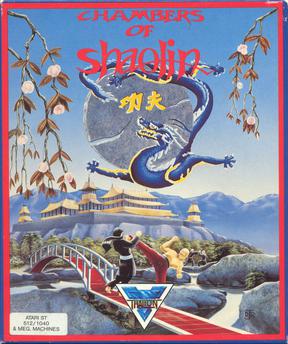
Chambers of Shaolin is a 1989 beat 'em up video game first released for the Amiga then ported to the Atari ST and Commodore 64. The game was inspired by the 1978 movie The 36th Chamber of Shaolin.
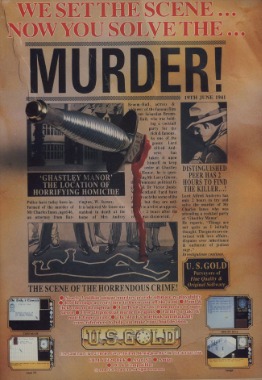
Murder! is a 1990 video game published by U.S. Gold.
